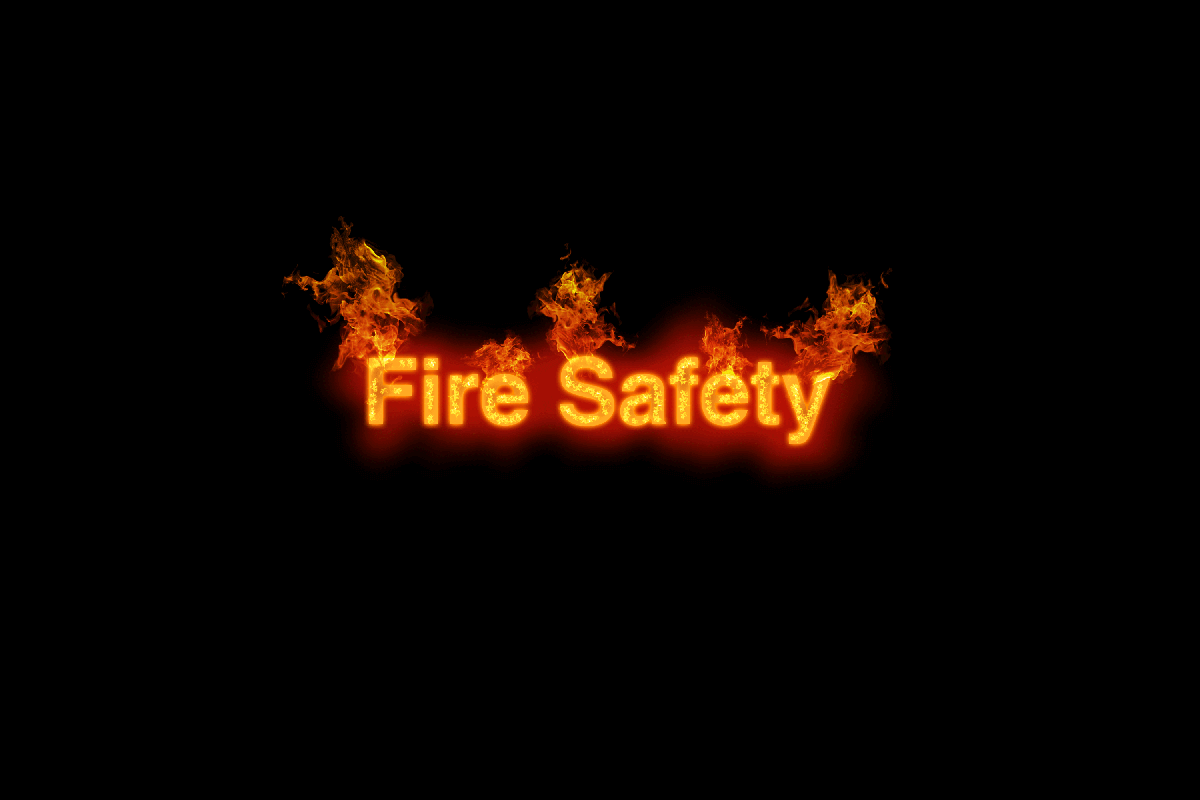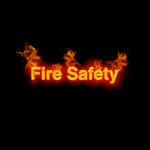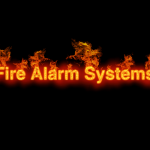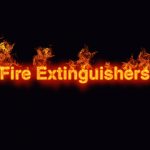Ensuring fire safety in buildings is a top priority for building owners, developers, and occupants. When it comes to safeguarding residential and multi-occupied buildings, one critical aspect that demands attention is the fire risk appraisal of external walls (FRAEW). External walls play a crucial role in containing and preventing the spread of fire, making it essential to assess fire safety performance. In this article, we will delve into the methodology, considerations, and benefits of FRAEW, providing valuable insights for building owners, fire engineers, and assessors. By understanding the significance of FRAEW and implementing effective risk mitigation strategies, we can create safer built environments and protect lives from the devastating consequences of fire incidents.
Contents
What is Fire Risk Appraisal of External Walls (FRAEW)?
Fire Risk Appraisal of External Walls (FRAEW) is a comprehensive assessment process designed to evaluate the fire safety performance of external walls in buildings. It thoroughly examines various components, including insulation, cladding systems, and façades, to identify potential fire hazards and vulnerabilities. FRAEW is carried out in line with PAS 9980 and aims to assess the risk of fire spread through the building envelope. By conducting FRAEW, building owners, fire engineers, and assessors can gain insights into the existing fire safety measures and make informed decisions regarding necessary remediation strategies.
Understanding Fire Hazards in External Walls
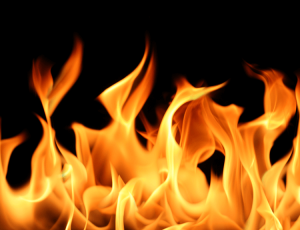 To conduct an effective FRAEW, it is crucial to have a thorough understanding of the fire hazards associated with external walls. Combustible materials, faulty construction methods, inadequate fire-resistant barriers, and improper insulation installation are some common factors that can contribute to the risk of fire incidents. Additionally, the choice of cladding systems and façade designs can impact the fire safety performance of external walls. By recognising these hazards and their potential consequences, fire engineers and assessors can conduct a more precise assessment and recommend appropriate measures to mitigate the risk.
To conduct an effective FRAEW, it is crucial to have a thorough understanding of the fire hazards associated with external walls. Combustible materials, faulty construction methods, inadequate fire-resistant barriers, and improper insulation installation are some common factors that can contribute to the risk of fire incidents. Additionally, the choice of cladding systems and façade designs can impact the fire safety performance of external walls. By recognising these hazards and their potential consequences, fire engineers and assessors can conduct a more precise assessment and recommend appropriate measures to mitigate the risk.
Conducting a Fire Risk Appraisal of External Walls
The process of conducting a Fire Risk Appraisal of External Walls involves several key steps to ensure a comprehensive evaluation of fire safety:
- Preliminary assessment: This initial stage involves a preliminary evaluation of the building’s external walls to identify areas that require further investigation. It helps in prioritising resources and determining the scope of the appraisal.
- Identification of potential fire hazards: A detailed examination is conducted to identify potential fire hazards within the external walls. This includes assessing the construction materials, insulation systems, cladding components, and other elements that may pose a fire risk.
- Evaluation of fire spread and containment: Fire engineers and assessors analyse the potential paths of fire spread through the external walls and evaluate the effectiveness of existing fire containment measures. This assessment helps identify areas where a fire could penetrate or propagate through the building envelope.
- Assessment of fire resistance and protection measures: The fire resistance properties of the external walls are assessed, including their ability to withstand fire and limit its spread. This evaluation involves examining the fire-resistant barriers, insulation materials, cladding systems, and other protective measures in place.
- Documentation and reporting: All findings, risk ratings, and recommendations are compiled in a comprehensive report. The report provides a detailed overview of the appraisal process, identifies specific risks, and recommends appropriate remediation measures to mitigate the identified fire hazards.
Key Considerations for FRAEW
Several key considerations should be taken into account when conducting a Fire Risk Appraisal of External Walls:
- Selection of appropriate fire safety standards: Adhering to recognised standards, such as PAS 9980, ensures consistency and helps conduct a thorough assessment that meets industry best practices.
- Testing and assessment methods: Utilising reliable testing methods and assessment techniques is crucial to obtaining accurate results during the appraisal process. This may involve laboratory testing, analysis of material properties, or utilising computational models to simulate fire behaviour.
- Expertise and qualifications: FRAEW should be undertaken by qualified fire engineers or assessors with the necessary fire safety expertise and relevant certifications. Their knowledge and experience ensure that the appraisal is conducted accurately and complies with regulations and standards.
- Ongoing monitoring and maintenance: External walls should be subject to regular inspections and maintenance to ensure the continued effectiveness of fire safety measures. This includes periodic reassessing fire risk and implementing necessary updates or improvements as required.
Benefits of Fire Risk Appraisal of External Walls
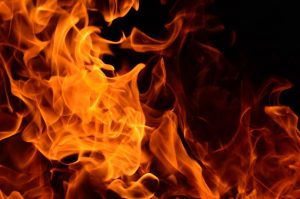 Implementing FRAEW offers numerous advantages, including:
Implementing FRAEW offers numerous advantages, including:
- Enhanced Fire Safety: FRAEW plays a crucial role in enhancing fire safety in buildings. By identifying potential fire hazards and vulnerabilities within the external walls, FRAEW allows for implementing targeted risk mitigation strategies. This, in turn, reduces the likelihood of fire incidents and minimises the potential for fire spread, protecting both occupants and property.
- Regulatory Compliance: FRAEW helps building owners comply with fire safety regulations and standards. Regulatory authorities often require buildings to undergo fire risk assessments, including FRAEW, to ensure adequate measures to mitigate fire risks. By conducting FRAEW, building owners can demonstrate their commitment to meeting these legal obligations.
- Early Identification of Risks: Through a systematic and comprehensive assessment, FRAEW enables the early identification of potential fire risks in external walls. This proactive approach allows building owners and stakeholders to address these risks before they escalate into more significant issues. By detecting and resolving fire hazards promptly, the overall safety of the building is significantly improved.
- Targeted Mitigation Strategies: FRAEW provides valuable insights into the specific areas of concern within the external walls. Building owners can implement targeted remediation strategies by understanding the vulnerabilities and weaknesses. This may involve replacing or upgrading insulation materials, modifying cladding systems, or improving fire-resistant barriers. By addressing the identified risks directly, the overall fire safety performance of the building is enhanced.
- Peace of Mind for Building Owners: FRAEW provides building owners with peace of mind, knowing that their external walls have undergone a thorough evaluation and necessary risk mitigation measures have been implemented. This assurance not only protects the lives and well-being of occupants but also safeguards the financial investment of the building owner.
- Reputation Management: Demonstrating a commitment to fire safety through FRAEW can positively impact the reputation of building owners, developers, and property management companies. It showcases their dedication to creating safe and secure environments for residents, potentially attracting more tenants and buyers who prioritise fire safety in their decision-making process.
Conclusion
Fire Risk Appraisal of External Walls (FRAEW) is an invaluable process that contributes to the overall fire safety of buildings. By identifying fire hazards, evaluating risks, and implementing targeted mitigation strategies, FRAEW ensures compliance with regulations, early detection of potential issues, and enhanced fire safety. Building owners, fire engineers, and assessors should prioritise FRAEW as an essential component of proactive fire risk management in residential and multi-occupied buildings. By investing in FRAEW, stakeholders can create safer environments, protect lives, and mitigate the devastating impact of fire incidents.

